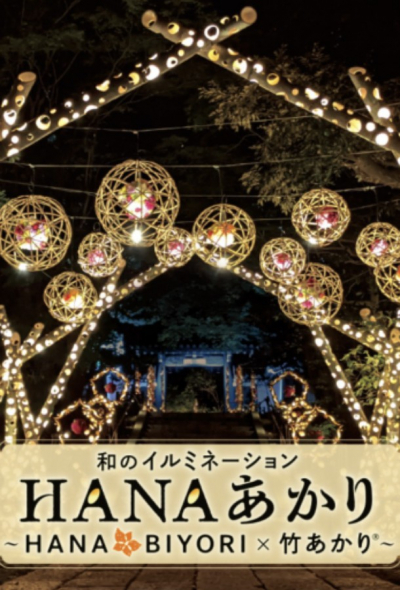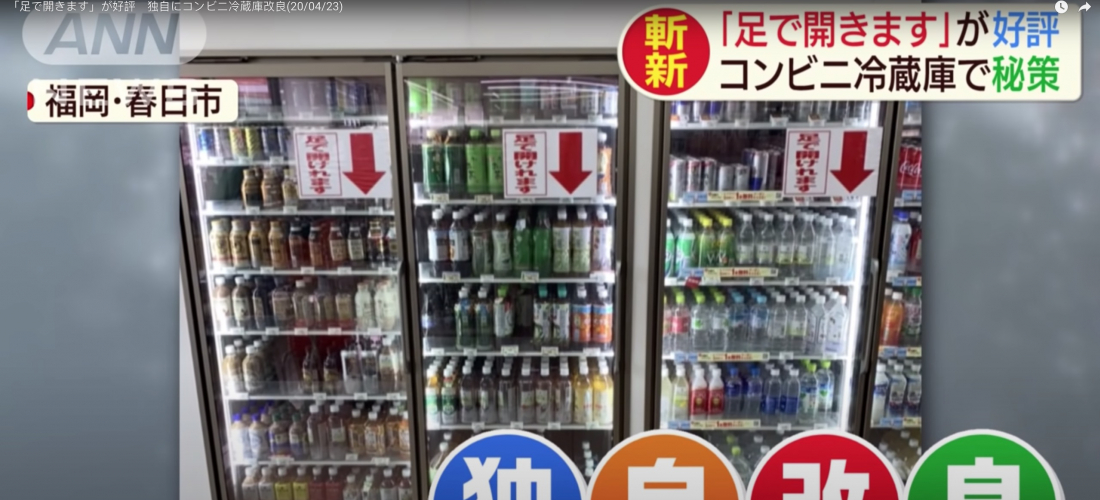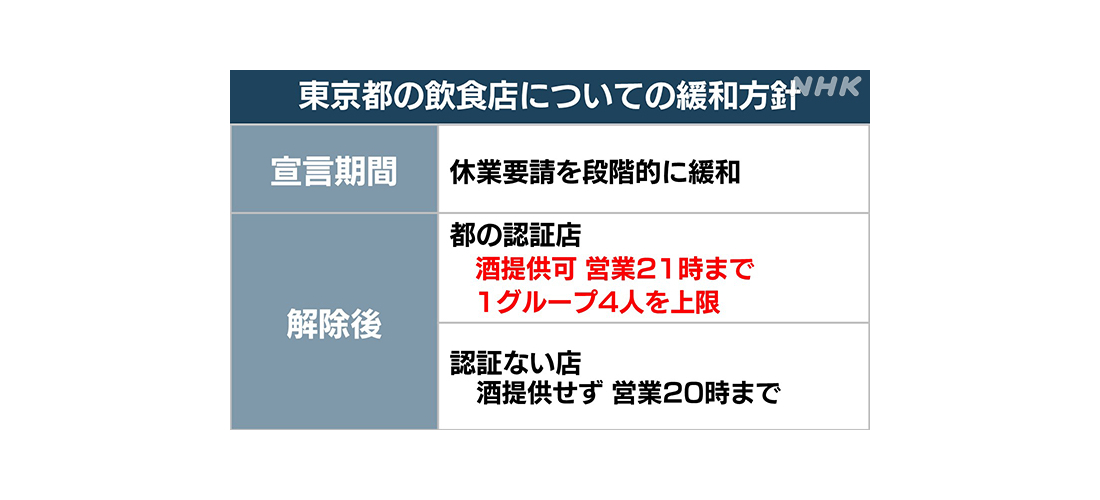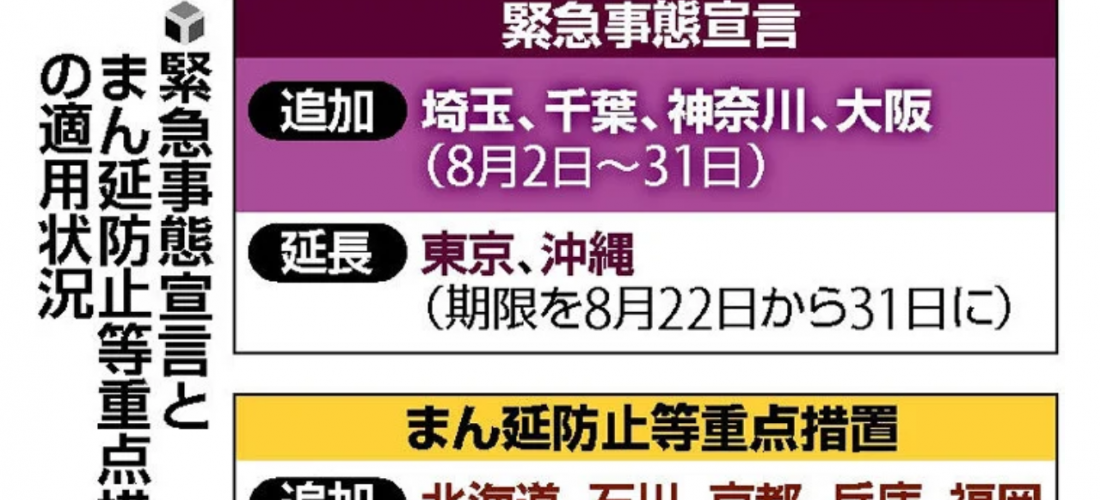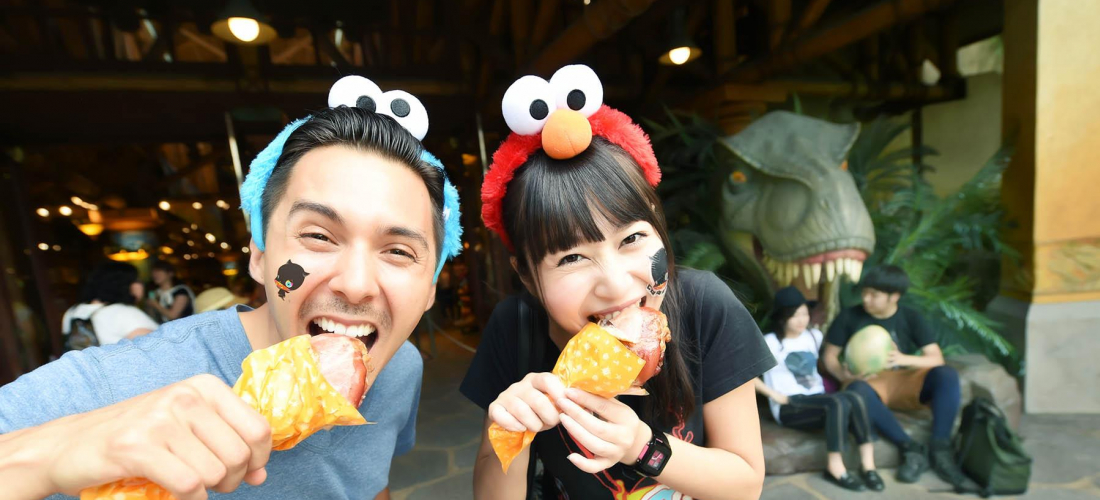
CONTENTS
In an attempt to recover from the economic effects of COVID-19, the Go To Travel campaign is giving domestic tourists a discount.
What Is Go To Travel, and How Can I Take Advantage of the Campaign?
What does Go To Travel mean? Well, it's no secret that the outbreak of COVID-19 in Japan and the new coronavirus culture of social distancing has all changed the way we live in Japan, and had a serious impact on the economy. But with international travelers temporarily blocked from entering Japan, and the tourism industry just about stuck on pause, the fairly low infection numbers found in Japan have inspired the government to start looking forward, towards reviving domestic tourism. This new domestic travel stimulus campaign is called Go To Travel, and the plan is to partially subsidize Japanese domestic travel and jumpstart the tourism industry's recovery. The campaign, which began on July 22, is domesticーbut it's available for both Japanese citizens and foreign residents! (Except for those in Tokyo, but we'll get to that later.)
Put simply, domestic travel plans made through designated travel agents will be subsidized for up to 50% of the total cost, up to 20,000 yen for each night spent away. (For day trips, the maximum is 10,000 yen.) For the first month or so, however, the limit is just 35% of the cost. That's because only a portion of the subsidies will come in the form of discounts―in September, the Go To Travel campaign will begin distributing regional travel coupons (地域共通クーポン) as part of the 50% discount. Those travel coupons can be used like gift certificates at participating shops around the travel area. So, within the total 50% Go To Travel rebate each traveler receives, 70% of the money will be returned as a standard discount, and 30% will be distributed as travel coupons.
Still Confused? This Is How the Go To Travel Subsidies Work
Not sure exactly how much of a discount you'll get with the Go To Travel discounts? With the different forms of rebate floating around, it can definitely get confusing. Plus, those travel coupons only come in denominations of 1,000 yen! The simple explanation is that the campaign offers a travel rebate of up to 1/2 the trip's total cost, with 70% of that money returned as a direct discount and 30% in the form of travel coupons, but let's go over a few examples to make it clear!

If you book an overnight trip for 40,000 yen through one of the designated travel agencies, the government will contribute 20,000 yen. Of that 20,000 yen, 70% will be directly subtracted from the cost when you pay for the trip: 70% of 20,000 = a 14,000 yen discount. For trips in August, this is where it ends, with a 35% discount. But, for trips from September on, you'll receive the remaining 30% (6,000 yen) in the form of travel coupons, which can be used at a variety of shops at your destination.
If, however, the total cost for your overnight trip is 50,000 yen, you'll still only receive the maximum of 20,000 yen per-night traveled, even though half of the total cost would be 25,000 yen! Since you're only spending one night away, the maximum rebate is a total of 20,000 yen. Just like the 40,000 yen trip, 14,000 yen will be discounted, and 6,000 will be distributed in the form of coupons.

If you book a longer trip of two nights and three days, and the total cost is 50,000 yen, then you'll receive the full 25,000 yen. That's because half of the total cost adds up to less than 20,000 yen per night spent away―the max would be 40,000 yen for two nights (if your trip cost a whole 80,000 yen)! So, for your 50,000 yen two-night trip, you'll receive a 17,500 yen discount (70% of 25,000 yen) and then 8,000 yen in travel coupons (30% of 25,000 is 7,500 yen, but the coupons are rounded to the nearest 1,000).

If you book a daytrip like a bus tour for 8,000 yen, the government will chip in 4,000 yen. The 70% discount means a total of 2,800 yen off the initial price, and the 30% travel coupon means 1,000 yen (rounded from 1,200) to spend at your destination―perfect for souvenirs, perhaps?
Of course, as we mentioned before, the campaign began on July 22nd… but the travel coupons won't be available until September! So, unfortunate as it is, travelers heading out at the end of July and through August will only receive a 35% discount, and no coupons. (But hey, that's not bad!)
If you're interested in booking a Go To Travel trip, you can do so at the following agencies/travel companies:
JTB・HIS・Nippon Travel Agency・Yahoo!・Ikyu・ANA・J-TRIP・AirTrip・KNT・JAL・Rakuten Travel
Eligibility
The official Go To Travel information states that the campaign is available for all residents of Japan, both Japanese citizens and foreign residents with valid visas. There's no limit on the number of uses, either! If you want to take a dozen little trips, you'll receive the discount every time.
However, just before the planned start of the campaign, a sudden flare up of infections occurred in Tokyo, with numbers tripling for days on end. Due to Tokyo's inability to keep COVID-19 infection numbers down, all Tokyo residents and travel to Tokyo is currently excluded from the campaign. Unfortunately, those traveling to or from Tokyo will not receive the discount or travel coupons for the time being.
Surrounding Debate
It turns out that Tokyo isn't the only place where coronavirus numbers have begun rising once again in Japan. Not only has the rate of new infections been soaring in the big city, but cases have increased all along popular Japanese travel routes and around shinkansen stations. With the numbers rising, some Japanese residents have questioned the logic of starting this campaign promoting tourism, when the pandemic is still far from over. According to a report from Yahoo! Japan News, the mayor of Aomori's Mutsu City (むつ市) planned to close all local sightseeing destinations and facilities over Japan's long weekend from July 22nd~26th, criticizing the Go To Travel campaign during the official announcement. The hashtag #観光施設閉鎖 (tourist facilities closed) has even been seen trending on Twitter.
But in addition to Go To Travel, the government has plans to launch a number of follow-up campaigns to spark economic growth, including "Go To Eat" and "Go To Event." With the COVID-19 situation in Japan still unstable, we can only wait and see how those play out, and what the reception will be like. Who knows, perhaps we'll get lucky and a vaccine will be ready in time to make the Go To campaigns both safe and practical.
For more news and information from Japan, follow Japankuru on twitter, instagram, and facebook!
Details
NAME:Go To Travel
The latest news from Japan - learn what's new in the land of the rising sun, from an international group right on the scene.
COMMENT
FEATURED MEDIA
VIEW MOREMAP OF JAPAN
SEARCH BY REGION

LATEST
VIEW MOREEVENT CALENDAR
VIEW MOREMOST POPULAR
 Tokyo Winter Recommendation: Don’t Miss Tokyo Mega Illumination, Japan’s #1 Light Show
Tokyo Winter Recommendation: Don’t Miss Tokyo Mega Illumination, Japan’s #1 Light Show ป้ายยาสินค้าน่าซื้อในร้านขายยาญี่ปุ่น | KOWA ผลิตภัณฑ์เพื่อสุขภาพสำหรับคนยุคใหม่
ป้ายยาสินค้าน่าซื้อในร้านขายยาญี่ปุ่น | KOWA ผลิตภัณฑ์เพื่อสุขภาพสำหรับคนยุคใหม่ Okinawa Family Road Trip: Japanese Glasses Shopping at San-A Urasoe West Coast PARCO CITY, Discount Coupons, & Okinawa Sightseeing with JINS
Okinawa Family Road Trip: Japanese Glasses Shopping at San-A Urasoe West Coast PARCO CITY, Discount Coupons, & Okinawa Sightseeing with JINS

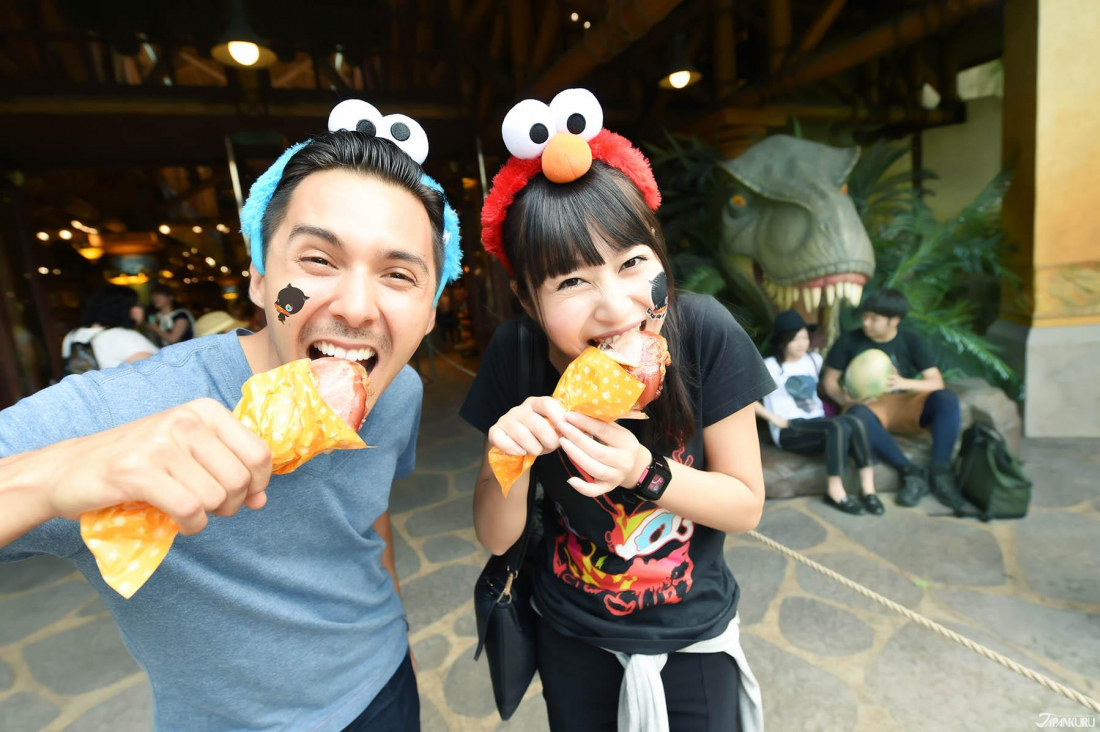





 >> Find out more at Japankuru.com! (link in bio)
#
>> Find out more at Japankuru.com! (link in bio)
#





 The Robot Restaurant is gone, but the Samurai Restaurant is here to take its place. Check it out, and don't forget your coupon!
The Robot Restaurant is gone, but the Samurai Restaurant is here to take its place. Check it out, and don't forget your coupon!
 신주쿠의 명소 로봇 레스토랑이 사무라이 레스토랑으로 부활! 절찬 쿠폰 발급중
신주쿠의 명소 로봇 레스토랑이 사무라이 레스토랑으로 부활! 절찬 쿠폰 발급중
 18歲以上才能入場的歌舞秀,和你想的不一樣!拿好優惠券去看看~
#tokyo #shinjuku #samurairestaurant #robotrestaurant #tokyotrip #도쿄여행 #신주쿠 #사무라이레스토랑 #이색체험 #할인이벤트 #歌舞伎町 #東京景點 #武士餐廳 #日本表演 #日本文化體驗 #japankuru #japantrip #japantravel #japanlovers #japan_of_insta
18歲以上才能入場的歌舞秀,和你想的不一樣!拿好優惠券去看看~
#tokyo #shinjuku #samurairestaurant #robotrestaurant #tokyotrip #도쿄여행 #신주쿠 #사무라이레스토랑 #이색체험 #할인이벤트 #歌舞伎町 #東京景點 #武士餐廳 #日本表演 #日本文化體驗 #japankuru #japantrip #japantravel #japanlovers #japan_of_insta
 코지마 x 빅 카메라 쿠폰으로 일본 가전 제품 쇼핑하기
#pr #japankuru #japanshopping #kojima #biccamera #japaneseskincare #yaman #dji #osmopocket3 #skincaredevice #日本購物 #美容儀 #相機 #雅萌 #日本家電 #일본여행 #면세 #여행꿀팁 #일본쇼핑리스트 #쿠폰 #일본쇼핑 #일본브랜드 #할인 #코지마 #빅카메라 #japankurucoupon
코지마 x 빅 카메라 쿠폰으로 일본 가전 제품 쇼핑하기
#pr #japankuru #japanshopping #kojima #biccamera #japaneseskincare #yaman #dji #osmopocket3 #skincaredevice #日本購物 #美容儀 #相機 #雅萌 #日本家電 #일본여행 #면세 #여행꿀팁 #일본쇼핑리스트 #쿠폰 #일본쇼핑 #일본브랜드 #할인 #코지마 #빅카메라 #japankurucoupon







































